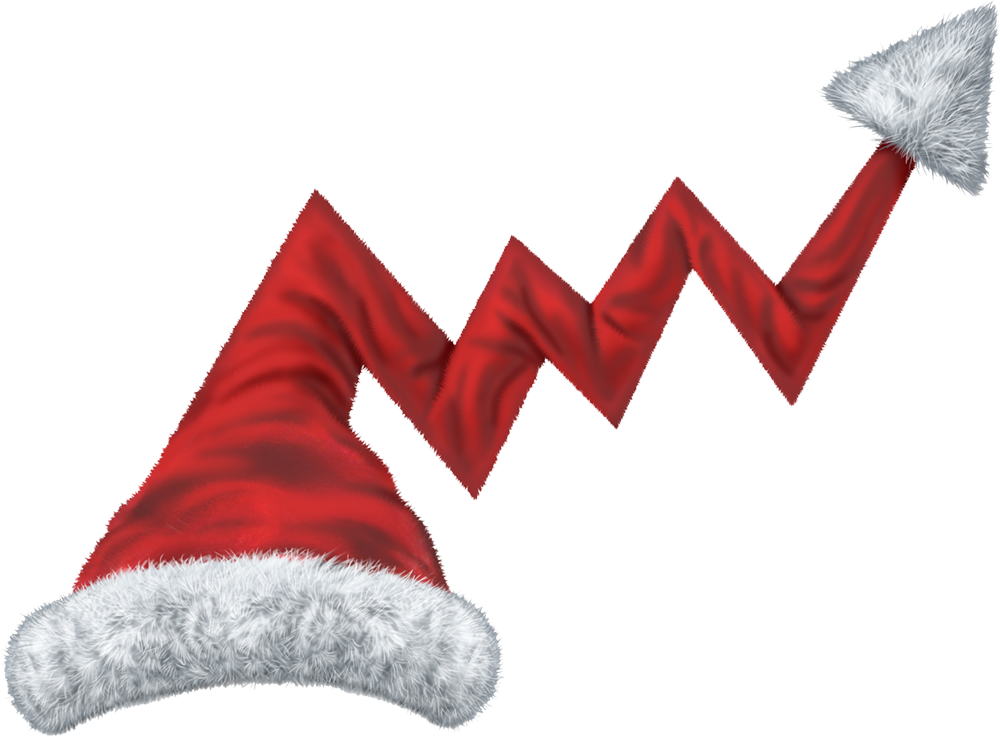’Tis the Season
for Stock Market Forecasts
It’s late December, and time for the fun, festive annual ritual known as the Wall Street stock market consensus forecast.
Since 2000, there have been 19 Wall Street strategist consensus forecasts. These forecasts come from the biggest brains in finance. Given their extensive expertise and experience, these forecasters “inform” the masses what they expect the stock market (the S&P 500) to do in the upcoming year.
Some investors eagerly await these forecasts. If by chance the forecast confirms what investors were already thinking, they may act with increased confidence, knowing that they agree with the biggest brains on Wall Street, and by association, are investing based on what the “smart money” is saying.
Before we put too much faith in these stock market forecasts, perhaps we should check how accurate the forecasts have been on average:
Since 2000, the Wall Street wizards have made 19 consensus forecasts that, on average, indicated that the stock market would rise 9.2% per year. The stock market actually rose by an average of only 5.1% per year, which means that, on average, the strategists have been 45% too optimistic.

Not only do these forecasts tend to be too optimistic, the discussion of “averages” disguises how truly dangerous these forecasts can be:
Not once in the last 19 years did the Wall Street strategists predict the stock market would decline in the upcoming year, even though it declined FIVE times, or 26% of the time, (i.e., in 2000, 2001, 2002, 2008 and 2015).
In the five years mentioned above, the biggest brains on Wall Street had pontificated that the stock market would advance by an average of 11.3%. In fact, in those five years, the stock market declined by an average of 17.1%.
Now let’s stop and think about that.
The Wall Street wizards forecasted the stock market would rise an average of 11.3% in 2000, 2001, 2002, 2008 and 2015. If they had only been wrong by 100%, the stock market would have averaged a 0% gain, (i.e., it would have ended the year where it started). If they had only been wrong by 200%, the stock market would have dropped by 11.3% (exactly opposite of what they had forecasted). But the stock market dropped an average of 17.1%, which means on average, their forecasts were wrong by 250%!
Insert joke here about having a job that pays this well to be dead wrong.
The biggest brains on Wall Street are not very good in the corners, i.e., they incorrectly predict changes in stock market direction:
In 2000, the biggest brains on Wall Street forecasted the market would rise 3.8%. It declined by 10.1%.
In 2001, they figured the market was ready to rebound, and they forecasted a rise of 20.7%. It declined a further 13.0%.
The following year, 2002, the biggest brains on Wall Street were a little humbler; they forecasted the market would rise by only 12.4%. It declined a further 23.4%.
Their worst transgression was in 2008, when the strategists forecasted the stock market would rise 11.1%. It declined by 38.5%.


Even IF the biggest brains get the stock market direction right, they have trouble with magnitude:
In 2003, the biggest brains on Wall Street forecasted the market would rise 14.1%. It rose 26.4%. They were off by 87%.
In 2013, they forecasted the stock market would rise 7.6%, and it rose 29.6%. They were off by 289%.
More of the same in 2017, when they forecasted the stock market would rise 5.5%. It rose 19.8%. They were off by 260%.
Summary
So yes, ‘tis the season for the stock market forecast, but perhaps this year, see if you can put it to a good use, like shredding it for your cat’s litter box.
Big picture: Ignore the day to day noise, including annual forecasts.
Invest long-term and prosper (with a wink to Star Trek).
